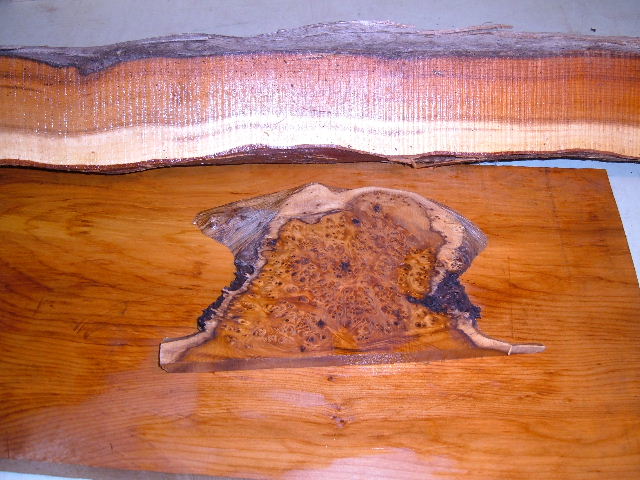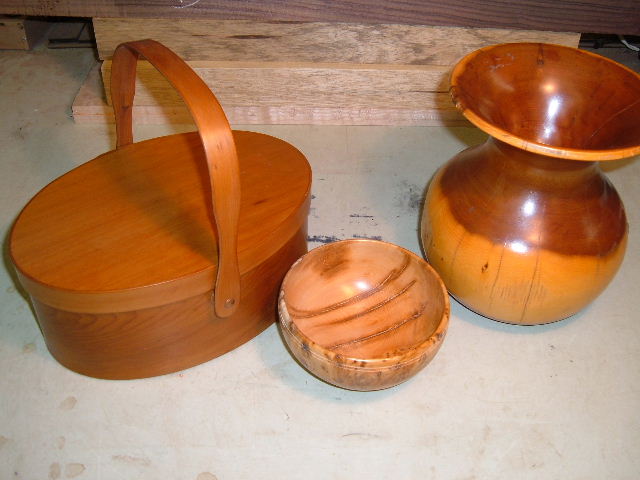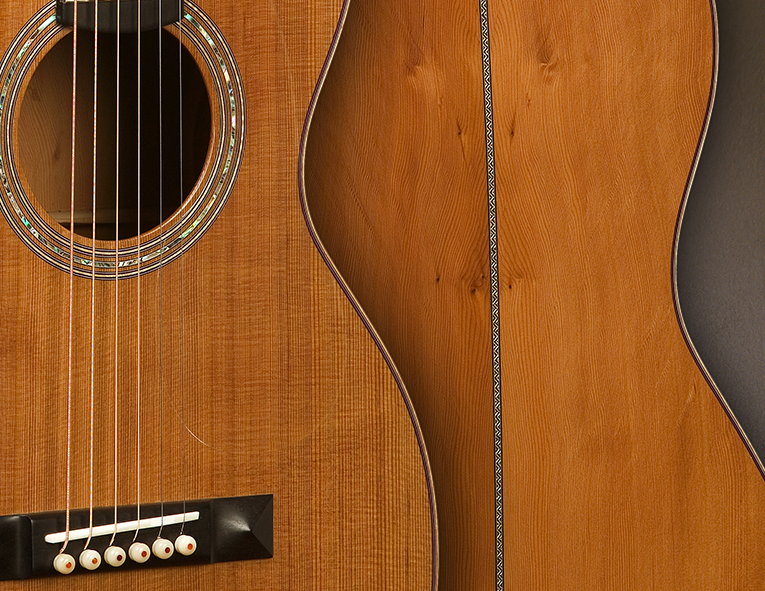Yew and toxic nature
Folklore makes Yew the tree of life AND the tree of death. I've cut and hadled Yew for years and am still in good health. I wouldn't panic over wood being capable of causing skin irritation...think coco bolo and it's wood working career ending capabilities. Yew is no worse than any other wood to a specific person with allergies to a specific chemical. All wood dust should be considered carcinogenic and respected accordingly. don't chew a tree and you'll be fine..or at least don't swallow.
This is copied from the 'net:
Mythology and Folklore of the Yew
At the approximate centre of Scotland, at the eastern end of one of its longest glens, grows what is Scotland's, and possibly Europe's, oldest tree. The Fortingall yew in Glen Lyon has been estimated to be anything from over two thousand to nine thousand years old. A popular legend associated with this yew relates how Pontius Pilate was variously born under this tree or played as a child in its branches, suggesting that the tree was already a landmark over two thousand years ago. Though the Romans did not invade Britain until 43 AD, several expeditions had visited from 55 BC onwards. Various interpretations suggest that Pontius Pilate's father was on a diplomatic mission to a Pictish King when news reached him at Fortingall of the birth of his son, or that his wife had been travelling with him and gave birth at Fortingall.
The yew tree is another of our native trees which was held sacred by the Druids in pre-Christian times. They no doubt observed the tree's qualities of longevity and regeneration (drooping branches of old yew trees can root and form new trunks where they touch the ground), and the yew came to symbolise death and resurrection in Celtic culture. They will also have been familiar with the toxicity of the tree's needles in particular, which can prove fatal, and which may have further contributed to its connections with death. Shakespeare too was familiar with these qualities when he had Macbeth concoct a poisonous brew which included "slips of yew, silvered in the moon's eclipse".
The themes of death and resurrection continued into the Christian era, with the custom of yew shoots being buried with the deceased, and boughs of yew being used as 'Palms' in church at Easter. Yew trees have in fact established a popular association with old churches in Britain, to the extent that very old specimens of yew trees are now relatively rare outside of church grounds. According to Richard Mabey in his Flora Britannica "… no other type of ancient tree occurs so frequently inside church grounds …" and he goes on to say that he does not know of any similarly exclusive relationship between places of worship and a single tree species existing anywhere else in the Western world. In some cases yew trees have been traditionally planted beside churches. In other cases it seems that very old yew trees may have already been growing on a site before the earliest church building was erected there; some, such as the one beside Fortingall's church may even predate Christianity itself. Several other yews growing by churches have become famous in their own right, such as the Bleeding Yews of Nevern in Pembrokeshire.
The yew's toxicity has somewhat limited its practical uses to humans, though a homoeopathic tincture is made of young shoots and the berry flesh to treat a variety of ailments including cystitis, headache and neuralgia. The very hard, close-grained wood was used in furniture making, but yew wood is probably best known as the material from which the medieval English longbows were made and used to such devastating effect during the Hundred Years War. The Scots too used yew longbows and Robert the Bruce ordered bows to be made from the sacred yews at Ardchattan Priory in Argyll, which were then used during the Scots' victorious battle at Bannockburn in 1314.
In the Highlands the tree seems for a long time to have been rare in the wild, though notwithstanding this Clan Fraser adopted a sprig of yew as their clan badge. Making deductions about its distribution from place names bearing its Gaelic name of iubhair or euair is difficult as these words can also refer to juniper, which was occasionally known as mountain yew. Some places such as Iona (probably derived from Ioua, the Pictish word for yew) and Kilneuair (Church of the Yew), being religious and spiritual places, are almost certainly a reflection of such places' affinity with yew trees. Tomnahurich in Inverness would also be a likely candidate for an association with yews rather than junipers, as this small steep hill was reputed to be the place where Thomas the Rhymer, the Scottish mystic, disappeared into the Underworld or Faery realms; today a large cemetery remains at the foot of this hill.
Paul Kendall
Larry Davis38740.2765393518
|





